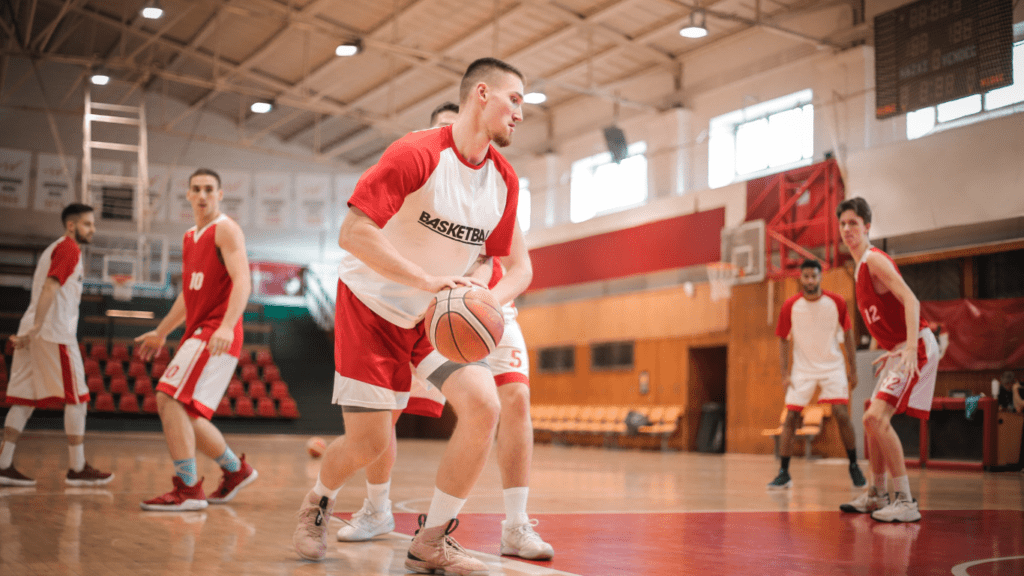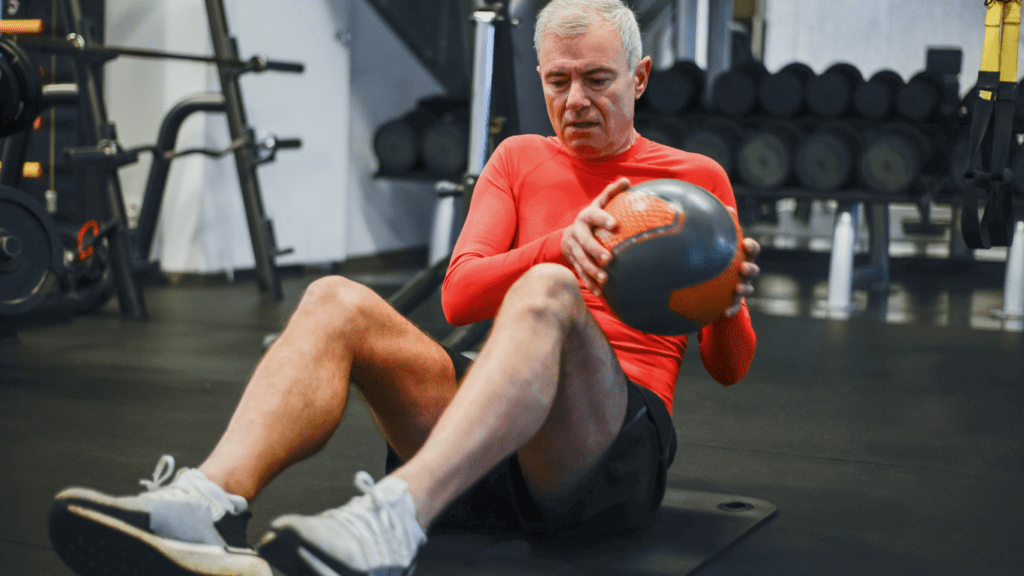When I think about elite athletes, I’m often struck by their incredible ability to perform under pressure. But what really sets them apart is their unique approach to skill development. They don’t just practice; they dissect their skills, identify weaknesses, and methodically rebuild their performance.
This process of breaking down and rebuilding is crucial for reaching new heights in their sport. In this article, I’ll explore how top athletes utilize this technique to enhance their skills. By understanding their strategies, we can all learn valuable lessons in persistence and improvement, whether we’re training for a marathon or just trying to get better at our favorite hobby.
Join me as I delve into the fascinating world of elite athletic training and discover how these champions turn setbacks into stepping stones for success.
Understanding Skill Breakdown and Rebuilding
Elite athletes frequently assess their skill sets for continuous improvement. They focus on identifying areas of weakness and systematically enhancing their abilities to perform at the highest level.
The Importance of Skill Assessment
Skill assessment involves analyzing performance metrics and seeking feedback. This helps athletes pinpoint specific strengths and weaknesses. Regular assessments, whether through video analysis, self-reflection, or coach evaluations, allow athletes to track progress over time.
By recognizing patterns in their performance, athletes can adjust training regimens to address particular skills that don’t meet their standards.
Strategies for Skill Deconstruction
Skill deconstruction involves breaking down complex techniques into manageable components. Athletes often use several strategies for this process:
- Video Analysis: Observing recorded performances highlights both strengths and areas for improvement.
- Targeted Drills: Performing specific drills focuses on individual aspects of a skill, such as footwork or hand positioning.
- Mental Rehearsal: Visualizing successful execution fosters muscle memory and enhances confidence.
- Peer Feedback: Collaborating with teammates provides new perspectives and insights for skill improvement.
- Incremental Challenges: Gradually increasing the difficulty of drills pushes athletes to adapt and refine their skills.
By implementing these strategies, athletes can effectively break down and rebuild their skills, leading to enhanced overall performance.
Techniques Used by Elite Athletes
Elite athletes employ various techniques to fine-tune their skills and sustain high performance. These methods foster continuous improvement and resilience.
Mental Visualization
Mental visualization plays a critical role in skill enhancement. Athletes mentally simulate performances, reinforcing neural pathways linked to specific movements. This technique enhances focus and confidence while reducing anxiety.
During training, I visualize successful execution of skills, like perfecting a jump or delivering an accurate shot. Studies show mental rehearsal can improve physical performance by up to 45%. By regularly practicing visualization, athletes visualize outcomes and transform their mindset into one of success.
Physical Drills and Repetition
Physical drills and repetition form the backbone of skill development. Elite athletes dedicate substantial time to specific drills, allowing them to master intricacies of their sport. I incorporate focused drills that target weaknesses, ensuring consistent improvement.
For example, a basketball player might practice free throws extensively to boost accuracy. Research indicates that deliberate practice can improve skills by 20% to 30%. Frequent repetition builds muscle memory, allowing athletes to perform under pressure without overthinking movements.
Integrating variations of drills keeps training fresh and challenges athletes to adapt, leading to greater mastery and performance enhancement.
The Role of Coaches and Mentorship
Coaches and mentors play a critical role in an elite athlete’s journey. They offer guidance, support, and tailored strategies that drive skill development and performance improvement.
Feedback and Communication
Feedback is essential for an athlete’s growth. Coaches provide immediate assessments during training, highlighting areas for improvement and reinforcing strengths. Effective communication fosters an environment where athletes feel secure to ask questions and express concerns.
Regular check-ins, using tools like performance analytics, enhance understanding of progress and setbacks. This dialogue cultivates trust, allowing athletes to absorb constructive criticism and make necessary adjustments.
Personalized Training Plans
Personalized training plans are a hallmark of elite coaching. Plans account for individual strengths, weaknesses, and specific goals. Coaches analyze performance metrics and adjust routines accordingly, ensuring that athletes target areas requiring attention.
Customization may involve selecting drills that challenge specific skills or adjusting training intensity to match an athlete’s weekly performance. By tailoring these plans, coaches facilitate efficient skill enhancement, helping athletes maximize their potential on and off the field.
Case Studies of Elite Athletes
Elite athletes across various sports display remarkable techniques to break down and rebuild their skills. These case studies illustrate successful methods and highlight common approaches among top performers.
Success Stories Across Different Sports
- Michael Phelps (Swimming): Phelps employs extensive video analysis to assess his strokes and turns. By identifying even minor inefficiencies, he adjusts techniques to optimize speed and efficiency. His rigorous training includes repetitive drills focused on specific components, producing consistent improvement.
- Serena Williams (Tennis): Williams utilizes a blend of mental rehearsal and physical drills. She visualizes match scenarios and strategies, enhancing her focus during competition. This approach, combined with relentless practice of serves and groundstrokes, builds her confidence and adaptability on the court.
- Usain Bolt (Track and Field): Bolt prioritizes deconstructing his sprinting technique. He breaks down each phase of the race, from the starting block to the finish line, honing individual elements. Bolt’s integration of feedback from coaches ensures continuous refinement and peak performance.
- Tom Brady (American Football): Brady consistently reviews game film to analyze defensive strategies. This analysis helps him adjust his throwing techniques and decision-making in real-time. His commitment to physical conditioning and targeted practice keeps his performance levels high, even into his later years.
Common Themes in Their Approaches
- Critical Analysis: Elite athletes conduct detailed performance evaluations. Analyzing metrics or seeking feedback helps them identify specific areas for improvement.
- Targeted Drills: Practicing specific skills through tailored drills enhances their mastery. Focusing on individual components boosts overall performance.
- Mental Visualization: Many athletes use mental rehearsal techniques to fortify their confidence and concentration. Visualization aids in preparing for high-stakes situations.
- Feedback Utilization: Engaging coaches and mentors for immediate feedback reinforces learning. This interaction fosters personal growth by refining tactics and strategies.
- Incremental Challenges: Elite athletes adopt a progressive approach to training. Facing gradually increasing difficulties strengthens their skills and resilience over time.




